Adenium Nova Tanzania Rare seeds pack of 3 seeds
₹349.00
In stock
Adenium nova Tanzania Seeds already tested with us we tested 2 seeds both germinated, pic can be found on the listing, the seed may take 15-20 days to germinate as germination depends on many factors that are beyond our control we offer no guaranteed warranty on seeds, as seeds are already tested by us
| Number of Seeds | 3 Seeds |
|---|---|
| Sowing month | Feb to Oct |
| Blooming Month | April To Dec |
| Temperature | Above 30C |
| Sun | Full sun except may june |
Adenium Nova Tanzania is known only from the type locality near the Usambara Mountains south of Same, Nova Tanzania. The population is in the middle of Adenium obesum distribution but plants resemble the sand-dwelling form somalense. Young plants resemble Adenium crispum, but they grow rapidly into larger shrubs a meter tall with a caudex of 22cm wide in 8 years. In cultivation, the caudex tends to be mostly above ground. The stems are usually erect and much-branched, but some clones have decumbent stems. Leaves are long and very narrow and have prominent white veins. Flowers are produced throughout the year and are abundant during spring. This is easy to grow and makes a good caudiform specimen in a few years. The plant is reportedly floriferous and cold-wet tolerant even in the highlands. This may be useful in creating more compact hybrids when the other parent has good flowers but weak growth forms. When we crossed obesum with Nova Tanzania the Tanzania parent is dominant for flower form, so the hybrid “Minnaleeya” has smallish star-shaped white flowers with a very attractive form.
These are not difficult plants to grow well, provided they get enough sunlight and warmth. Like all succulents, they cannot tolerate sitting in water.
Use a specialized soil mix designed for succulents and cacti. Can try another rare variety Adenium white house
Light: Full sun – sunny window.
Water: Water during the spring/summer. Reduce water in the winter, but keep hydrated enough to retain its leaves.
Soil: A well-drained succulent mix, with an ideal pH of around 6.0 (slightly acidic).
Fertilizer: Fertilize during spring and summer with controlled-release fertilizer or liquid fertilizer according to label directions.
Repot as needed, preferably during the warm season. To repot a succulent, make sure the soil is dry before repotting, then gently remove the plant from the pot. Knock away the old soil from the roots, making sure to remove any rotted or dead roots in the process. Treat any cuts with a fungicide and antibacterial solution. Place the plant in its new pot and backfill with potting soil, spreading the roots out as you repot. Leave the plant dry for a week or so, then begin to water lightly to reduce the risk of root rot.
| Color | Pink |
|---|---|
| Germination Level | Easy |
| Growth Pattern | Up right Straight |
| Hybrid or Open Pollinated | Open Pollinated |
| Ideal location | Full sun |
| Origin Country | Thailand |
Be the first to review “Adenium Nova Tanzania Rare seeds pack of 3 seeds” Cancel reply
You must be logged in to post a review.
Related products
Adenium Seeds

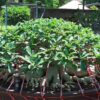

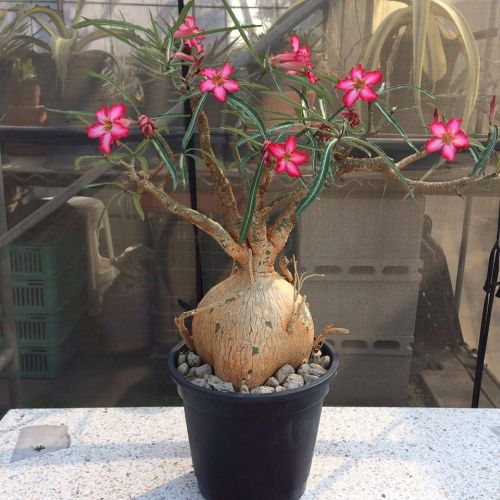

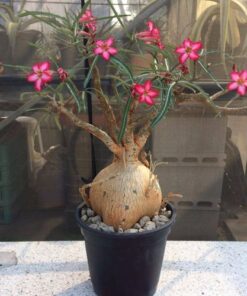
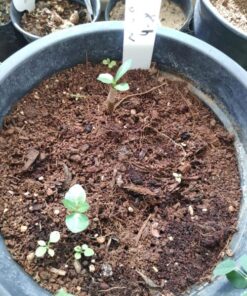
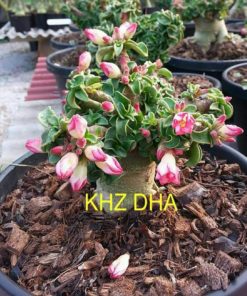
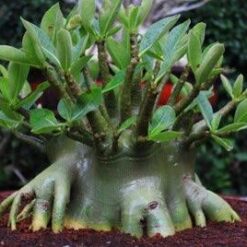
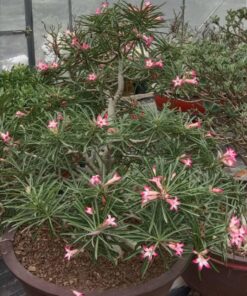

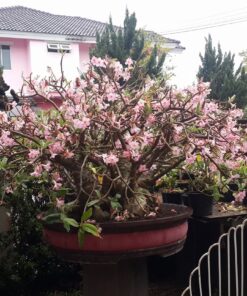

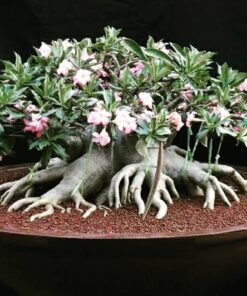
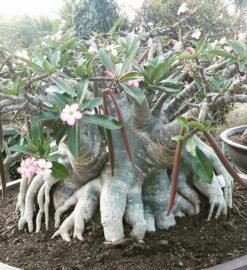
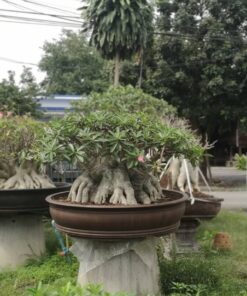
Reviews
There are no reviews yet.